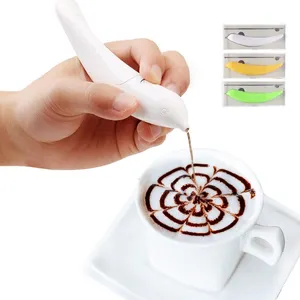
All categories
Featured selections
Trade Assurance
Buyer Central
Help Center
Get the app
Become a supplier














Cải thiện năng lực phân tích và năng suất của bạn một cách tối đa. cà phê cà phê pha cà phê được tìm thấy tại Alibaba.com. Các. cà phê cà phê pha cà phê đi kèm với các ưu đãi giảm giá hấp dẫn và được trang bị những đặc điểm chất lượng đáng kinh ngạc khiến chúng trở thành sản phẩm tốt nhất trong danh mục này. Được lắp ráp bằng vật liệu chắc chắn và công nghệ tiên tiến nhất, chúng mang lại tuổi thọ rất cao. Độ chính xác đặc biệt của chúng. cà phê cà phê pha cà phê đảm bảo các bài đọc đáng tin cậy.
Để đáp ứng nhu cầu của tất cả các nhà khoa học và nhà nghiên cứu, cà phê cà phê pha cà phê có nhiều lựa chọn nhất bao gồm các loại khác nhau. Tùy thuộc vào nhu cầu thử nghiệm của bạn, bạn luôn có thể tìm thấy lý tưởng. cà phê cà phê pha cà phê cho bạn. Tính xác thực ấn tượng của chúng có nghĩa là chúng có thể được sử dụng trong các lĩnh vực khác nhau bao gồm các phòng thí nghiệm khoa học, nghiên cứu, công nghiệp thực phẩm, trong số các lĩnh vực khác. Các. cà phê cà phê pha cà phê dễ dàng hiệu chỉnh để duy trì các kết quả đọc xác thực giúp thúc đẩy việc đưa ra quyết định phù hợp.
Tại Alibaba.com, cà phê cà phê pha cà phê đáp ứng các tiêu chuẩn chất lượng rất cao. Chúng phải được đánh giá chất lượng kỹ lưỡng để chắc chắn rằng chúng nằm trong phạm vi hiệu quả đã đặt ra. Tất cả. Các nhà cung cấp cà phê cà phê pha cà phê trên trang web phải đáp ứng các điều kiện này và luôn phân phối theo thông số kỹ thuật. Khả năng đọc đặc biệt trong này. cà phê cà phê pha cà phê làm cho chúng dễ sử dụng, do đó, đảm bảo cho bạn sự thuận tiện khi sử dụng.
Hãy để tiền của bạn mang lại giá trị tốt nhất bằng cách giải quyết cho đúng . cà phê cà phê pha cà phê tại Alibaba.com. Độ chính xác và tuổi thọ cao của chúng sẽ cho bạn thấy lý do tại sao chúng là lựa chọn hàng đầu trong danh mục này. Khám phá trang web và tận hưởng trải nghiệm mua sắm thuận tiện nhất giúp bạn tiết kiệm thời gian và mang đến cho bạn những sản phẩm chất lượng tuyệt vời.